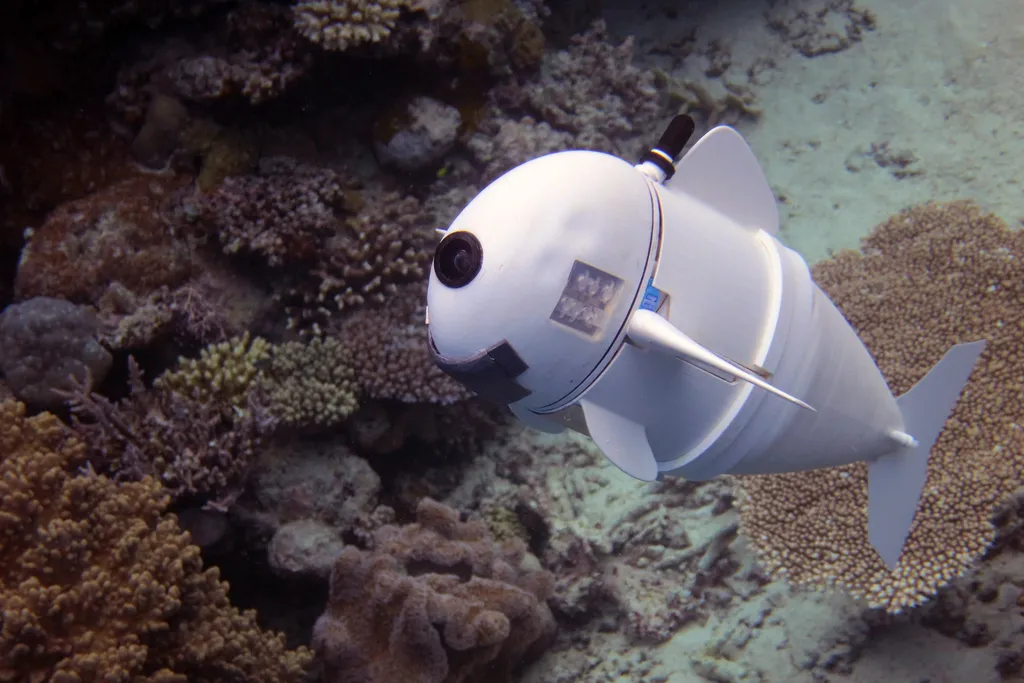Researchers at the University of California, San Diego, have developed an innovative underactuated biomimetic autonomous underwater vehicle (AUV) designed for ecosystem monitoring. The team, comprising Kaustubh Singh, Shivam Kumar, Shashikant Pawar, and Sandeep Manjanna, has focused on creating a fish-like robot that can navigate both marine and freshwater environments with remarkable efficiency. Their work, detailed in a recent paper, highlights an updated mechanical design and the application of reinforcement learning techniques to achieve minimal actuation behaviors.
The researchers’ biomimetic approach involves mimicking the swimming patterns of fish, which are known for their energy-efficient locomotion. By emulating these natural movements, the AUV can potentially cover larger areas with reduced energy consumption, making it ideal for long-term ecosystem monitoring. The team has developed a preliminary mechanical design for the tail oscillation mechanism, a critical component that enables the robot to swim in a manner similar to real fish.
To test and refine the swimming behaviors of their biomimetic AUV, the researchers have created FishGym, a simulator environment. This platform allows them to apply reinforcement learning techniques, enabling the robot to learn and optimize its swimming patterns autonomously. The use of reinforcement learning is particularly significant as it allows the AUV to adapt to various environmental conditions and improve its performance over time.
The practical applications of this research are vast. Ecosystem monitoring is crucial for understanding and preserving aquatic environments, and an underactuated biomimetic AUV could provide a more efficient and less intrusive method for collecting data. Traditional monitoring methods often involve human divers or larger, more cumbersome robotic systems, which can disturb the very ecosystems they are meant to study. The fish-like design of this AUV allows it to blend into aquatic environments, minimizing its impact on the ecosystem while gathering valuable information.
Furthermore, the use of reinforcement learning techniques ensures that the AUV can continuously improve its performance, adapting to new challenges and environments without the need for constant human intervention. This autonomy is a significant advancement in the field of marine robotics, as it enables long-term, large-scale monitoring projects that were previously not feasible.
In summary, the research conducted by Kaustubh Singh, Shivam Kumar, Shashikant Pawar, and Sandeep Manjanna represents a significant step forward in the development of autonomous underwater vehicles for ecosystem monitoring. Their biomimetic approach, combined with advanced reinforcement learning techniques, offers a promising solution for more efficient and less intrusive aquatic research. As this technology continues to evolve, it has the potential to revolutionize our understanding and preservation of marine and freshwater ecosystems. Read the original research paper here.

